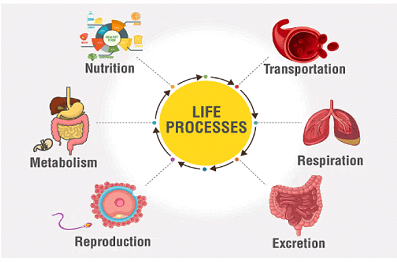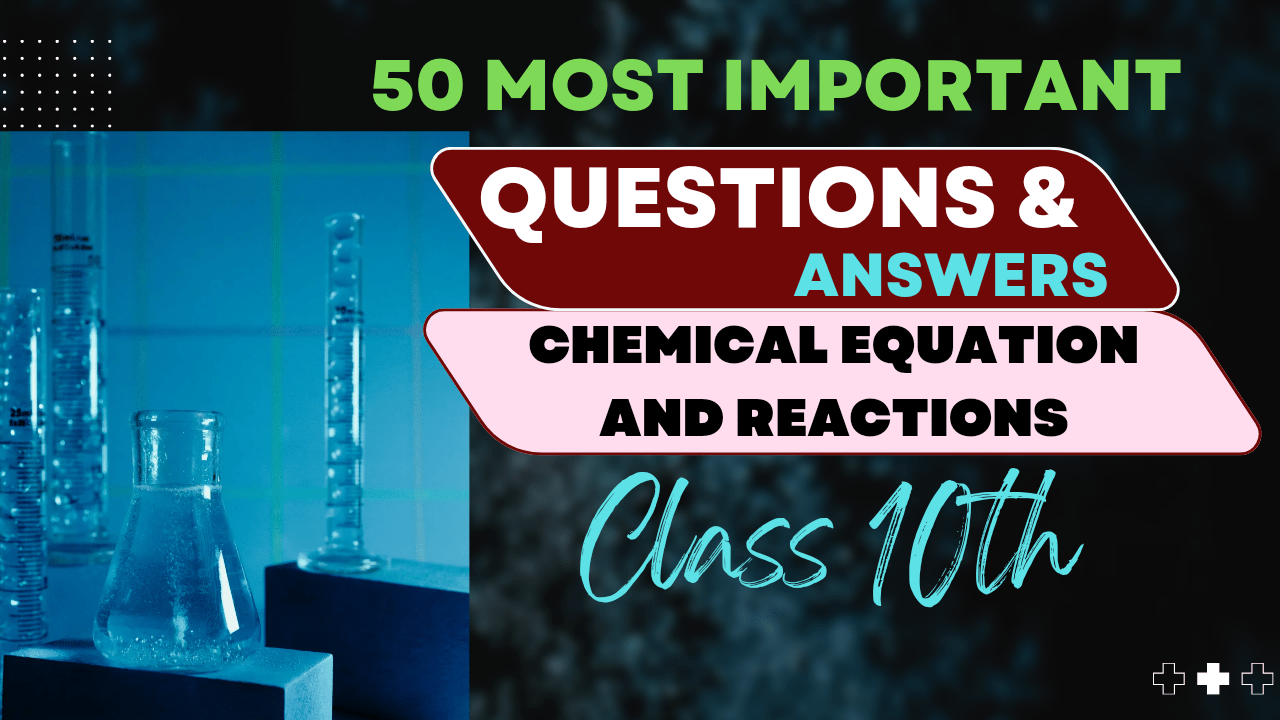Physical Properties of Metals and Non-metals
A comprehensive guide for students preparing for exams
Introduction
Elements are broadly classified into metals and non-metals based on their physical and chemical properties. Understanding these properties is fundamental to chemistry and helps explain how different elements behave in various conditions. This post focuses on the physical properties that distinguish metals from non-metals.
Note for exams: Remember that some elements (like silicon and germanium) show properties of both metals and non-metals and are called metalloids. These elements are important but are usually treated as a separate category.
Physical Properties of Metals
1. Physical State
Except for mercury, all metals are solid at room temperature. Mercury is the only metal that exists in liquid form at room temperature.
Example: Iron (Fe), Copper (Cu), and Aluminum (Al) are solid, while Mercury (Hg) is liquid at room temperature.
2. Luster
Metals have a shiny appearance when freshly cut or polished. This property is called metallic luster and is due to the presence of free electrons that reflect light.
Example: Gold and silver jewelry, polished brass instruments, and chrome car bumpers all demonstrate metallic luster.
3. Malleability
Metals can be hammered into thin sheets without breaking. This property is called malleability.
Example: Gold can be hammered into sheets as thin as 0.0001 mm and used in gold foil. Aluminum is used in making foils for wrapping food items.
4. Ductility
Metals can be drawn into thin wires without breaking. This property is called ductility.
Example: Copper and aluminum are drawn into wires for electrical transmission. Gold can be drawn into extremely fine wires for delicate electronic connections.
5. Conductivity
Metals are good conductors of heat and electricity. This is due to the presence of free electrons that can move throughout the metal structure.
Example: Copper and aluminum are widely used in electrical wiring. Silver has the highest electrical conductivity but is expensive. Cooking utensils are often made of metals like aluminum, copper, or stainless steel because they conduct heat efficiently.
6. Sonority
Metals produce a ringing sound when struck. This property is called sonority.
Example: Musical instruments like bells, cymbals, and gongs are made of metals. When struck, they vibrate and produce characteristic sounds.
7. High Melting and Boiling Points
Most metals have high melting and boiling points due to the strong metallic bonds between atoms.
Example: Tungsten has the highest melting point (3422°C) among metals and is used in light bulb filaments. Iron melts at 1538°C and is used in making steel.
8. High Density
Most metals have high density compared to non-metals.
Example: Osmium is the densest metal with a density of 22.6 g/cm³. Gold (19.3 g/cm³) and lead (11.3 g/cm³) are also very dense metals.
9. Tensile Strength
Metals generally have high tensile strength, which allows them to withstand stretching forces without breaking.
Example: Steel has high tensile strength and is used in construction of buildings and bridges. Titanium combines strength with lightness and is used in aircraft manufacturing.
Physical Properties of Non-metals
1. Physical State
Non-metals can exist in all three states of matter at room temperature.
Example: Carbon, sulfur, and phosphorus are solid; bromine is liquid; and oxygen, nitrogen, and chlorine are gases at room temperature.
2. Luster
Non-metals generally do not possess luster; they are dull in appearance. However, iodine and graphite (a form of carbon) are exceptions, as they have some degree of luster.
Example: Sulfur is a yellow, dull-looking solid. Iodine crystals have a unique dark, metallic sheen.
3. Brittleness
Non-metals are often brittle and break easily when force is applied.
Example: Sulfur breaks into pieces when hit with a hammer instead of forming sheets. Graphite, used in pencils, leaves a mark when pressed because its layers easily separate.
4. Conductivity
Non-metals are poor conductors of heat and electricity. This is because they do not have free electrons like metals.
Example: Rubber and plastic are used as insulators in electrical wiring. Diamond (a form of carbon) is the best thermal conductor among all materials but does not conduct electricity.
5. Melting and Boiling Points
Non-metals generally have lower melting and boiling points compared to metals.
Example: Oxygen has a melting point of -218.8°C and boiling point of -183°C. Sulfur melts at 115.2°C.
6. Density
Non-metals generally have lower density compared to metals.
Example: The density of carbon (graphite) is about 2.2 g/cm³, while sulfur has a density of about 2.07 g/cm³, much lower than most metals.
7. Hardness
The hardness of non-metals varies greatly. Some are very soft, while others can be extremely hard.
Example: Graphite is soft enough to leave marks on paper, while diamond (another form of carbon) is the hardest naturally occurring substance.
Comparison: Metals vs. Non-metals
| Property | Metals | Non-metals |
|---|---|---|
| Physical state | Mostly solid (except mercury) | Solid, liquid, or gas |
| Luster | Shiny | Dull (except iodine and graphite) |
| Malleability | Malleable | Brittle (not malleable) |
| Ductility | Ductile | Not ductile |
| Conductivity | Good conductors | Poor conductors (except graphite) |
| Sonority | Produce ringing sound | Do not produce ringing sound |
| Melting & Boiling Points | Generally high | Generally low |
| Density | Generally high | Generally low |
Examples of Metals and Non-metals
Common Metals:
Common Non-metals:
Metalloids – Elements with Mixed Properties
Some elements show properties of both metals and non-metals. These elements are called metalloids or semi-metals.
Examples of metalloids: Boron (B), Silicon (Si), Germanium (Ge), Arsenic (As), Antimony (Sb), Tellurium (Te), and Polonium (Po).
For instance, silicon has a metallic luster but is brittle like non-metals. It conducts electricity, but not as well as metals – a property that makes silicon invaluable in the semiconductor industry.
Exam Tips and Key Points
Key Points to Remember:
- For exam questions asking about identification of metals vs. non-metals, focus on key physical properties: luster, malleability, ductility, and conductivity.
- Remember the exceptions: mercury (liquid metal), graphite (conducting non-metal), and iodine (lustrous non-metal).
- Be able to explain why metals conduct electricity (presence of free electrons).
- Know the difference between malleability (forming sheets) and ductility (forming wires).
- Understand that while metals are generally denser than non-metals, this is a trend with exceptions.
- Be familiar with examples of metals and non-metals and their typical uses based on their properties.
Common Exam Questions:
- Compare and contrast the physical properties of metals and non-metals.
- Explain why metals are good conductors of electricity.
- Why are kitchen utensils usually made of metals?
- How would you distinguish between a metal and a non-metal based on physical properties?
- Give examples of how the physical properties of metals make them suitable for specific applications.
Practice Questions
1. Which of the following is NOT a characteristic physical property of metals?
a) Good conductors of heat
b) Malleable and ductile
c) Poor sonority
d) High melting points
Answer: c) Poor sonority. Metals typically have good sonority (produce ringing sounds when struck).
2. Which non-metal is an exception to the property of poor electrical conductivity?
a) Sulfur
b) Graphite
c) Phosphorus
d) Bromine
Answer: b) Graphite. It’s a form of carbon that can conduct electricity due to its layered structure with delocalized electrons.
3. Explain why copper is used in electrical wiring.
Answer: Copper is used in electrical wiring because it’s an excellent conductor of electricity due to the presence of free electrons. It’s also ductile (can be drawn into wires), has good tensile strength, and is relatively affordable compared to other highly conductive metals like silver.



